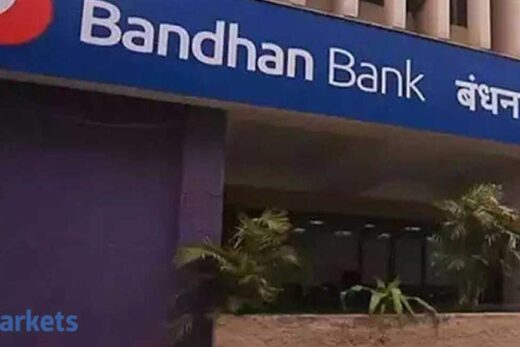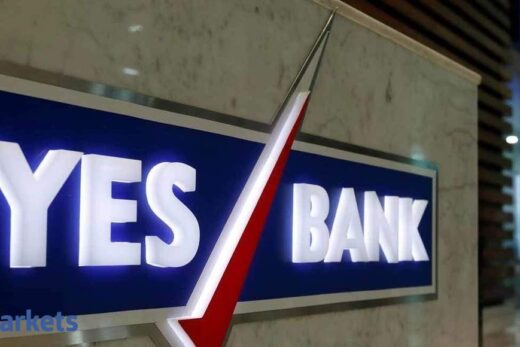How do you look at the announcement for GSAP 2.0 at a time when there is already enough liquidity in the system? How is this going to aid industries as we are coming out of the second wave?
First let me take a GSAP (G-Sec Acquition Program) question. As I mentioned in your pre-policy expectation show that we are expecting GSAP announcement of Rs 40,000 crore for April-June and I had said that GSAP 2 would be announced at about one trillion. Now RBI has decided to increase it a bit more to Rs 1,20,000 crore. Normally, for QE programmes to work and make markets more positive in their sentiment, the numbers need to be increased.
If they had announced Rs 1 trillion worth of GSAP, it would have been more or less expected. Everybody had expected RBI to announce GSAP 2.0 of one trillion. So, to some extent whether Rs 20,000 crore would be enough for the markets to be happy or not is a separate question, but RBI has tried to increase the number and that does not mean that they will keep on increasing every quarter. Probably RBI wants to support the economy in a front-loaded manner when the growth is on the weaker side.
If you see RBI’s growth forecast, they have actually reduced the forecast for the whole year. But the second half of the financial year, they have increased the growth forecast quite significantly and therefore once we go to the October-December quarter, it could be possible that GSAP could be scaled down a bit when the support may not be required. So, we have to see in that context.
The second point is that the on-tap liquidity facility that they have announced for contact intensive sectors should be seen together with the announcement that was done on 15th May. You should not see this particular policy on a standalone basis because RBI already announced a number of measures on 5th May. It should be seen a continuation based on feedback that different sectors have given RBI based on what announcement was done on 5th May regarding where improvement could have taken place, where the coverage could have been extended.
I think RBI has for the time being taken those decisions and increased the coverage a bit. This is not the end of the story. If there is more support required, we have the August policy. I am sure in between now and August policy the government will come out and announce a number of fiscal measures. They are already probably preparing lot of things at this point of time, but there is no point of announcing a big stimulus when the economy is already in a lockdown.
Once the lockdowns are lifted slowly from June, probably in July or second half of June is a good time when you can expect the government to come and announce more fiscal measures and RBI has already indicated that there should be more support from different sector apart from the monetary levers.
RBI has been going on GSAPs quite aggressively, but at the same time at the regular auctions the RBI keeps refusing bids. Is there some contradiction that the RBI is still trying to influence the yields and not accepting market signals?
I think by cancelling some auctions RBI has been giving a signal to the market that they want markets to clear at a particular rate. Now you can say that probably 6% is the mark at which RBI wants 10-year bond yields to clear. On a net basis we have to see how much more RBI will probably need to borrow going forward whatever they have cancelled or not. So, this can be a problem in case it gets bunched up too much at a later point of time.
There is also an issue that the GST compensation cess which has not been finalised yet. The Centre might have to borrow again and give it to the states. There could be further borrowing requirement from the market compared to whatever has been announced so far. Now whether the government comes up with that announcement in the first half of this financial year or the borrowing programme is enhanced in the second half of the financial year because of giving more compensation cess to the states. That also needs to be seen.
More or less, we have factored in that yields are supposed to inch up through this FY22, but RBI is trying to ensure as much as they can to keep the 10-year bond yields towards 6% at least in the initial first half of the year. Then second half if the growth improves, along with that then they let the yields move up in the normal course of direction. Given what is happening globally as well regarding US yields is whether the Fed is getting ready to talk about tapering. That also is a concern and the US inflation is a concern.
Global oil prices have gone above $70 per barrel, so that will also be taken into consideration. But that is more a story starting from October, that RBI will want markets to operate on its own and will step aside a bit. On the growth, I just wanted to mention if you remember, last year when we had a minus 24% growth contraction in April and June, when RBI gave the forecast in October for FY21 GDP data they gave minus 9.5%. That time the consensus was also even more than minus 9.5% and the actual number came at minus 7.3% and actually the GDP growth would have been better if not for the subsidy-related issue. It would have been close to minus 7%, if not for the subsidy-related complication.
My point is that RBI has come down to minus 9.5, which is what the consensus is at this point of time. But if you look at the COVID trajectory, we are at 1,35,000 cases per day. If you see the IIT scientists model, SUTRA model, they are saying that by June end, daily new cases could fall to as low as less than 30,000 cases. If that happens, then the mood can change very swiftly and along with that the government has already indicated that from July, the vaccination drive will be boosted significantly. They are already making plans for it.
Suddenly July, September, October, December may not look as bad compared to whatever the predictions are at this stage. Now 9.5%, 10.5% growth in FY22 is not a good number, even if you achieve that simply because it is coming on the back of minus 7.3%. The output gap will remain negative, so RBI will need to be supportive. All that is given, but just on a mechanical basis, given that the base is so low of last year, I think you could still achieve 10%, 10.5% if the COVID cases come down to 30,000, daily cases 30,000 by the end of June.



